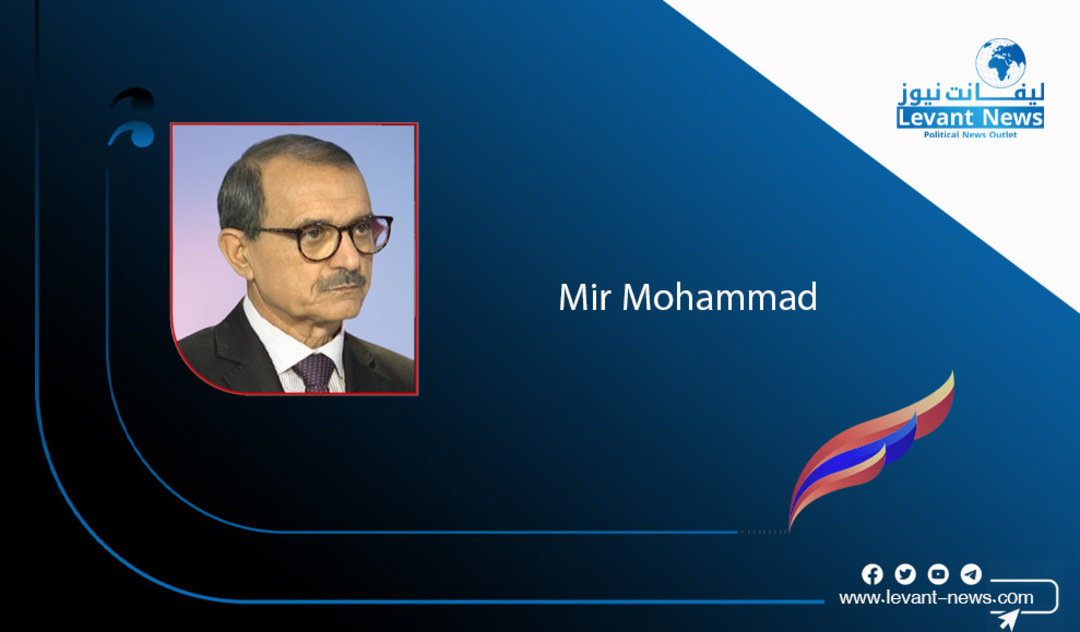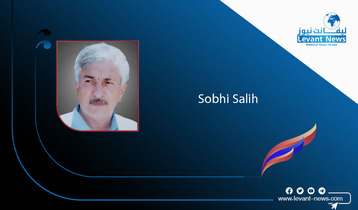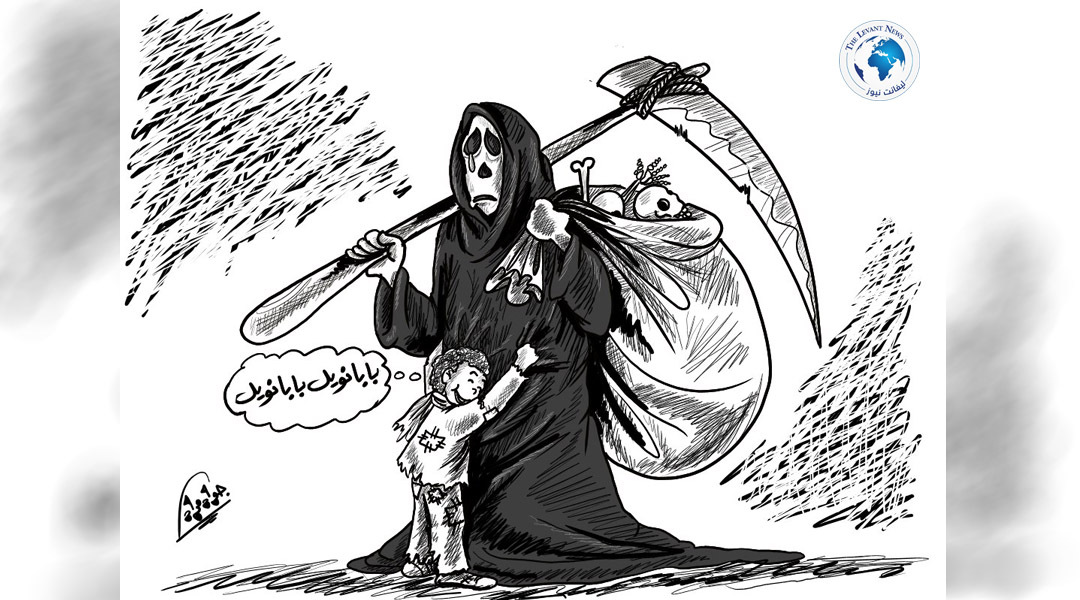-
Our Enemy Is Here!

By: Mir Mohammadi
The 12-day war between Israel and the Iranian regime was not merely a stage to showcase the consequences of the ruling establishment’s shortsighted and reckless policies—chiefly under Ali Khamenei. It also brutally exposed the inefficiency and fragility of the regime’s costly military apparatus. Socially, the war and the days that followed laid bare—more clearly than ever—the regime’s alignment and the stark boundaries it has drawn between “friend” and “foe” before the eyes and judgment of the people.
The 12-Day War: Revealing the True Nature of the Internal Enemy
The conditions of war starkly revealed the regime's incompetence in managing the consequences of its war-driven strategies. Over the 36 years that Khamenei and the Revolutionary Guard spent building fortified underground tunnels—“missile cities” and “centrifuge cascades”—they never once invested in shelters, warning systems, emergency medical infrastructure, or storage programs for essential needs, fuel, and energy. In the war they so zealously prepared for, the people of Iran were deemed collateral damage—fuel for their militaristic fire.
This utter disregard for the population’s wellbeing in wartime has long been a defining policy of the Islamic Republic. The same approach was seen during the 8-year Iran-Iraq War, under the slogans “Sacred Defense” and “The Road to Jerusalem Passes Through Karbala.” The people of Iran were dragged into extreme hardship, as the nation’s wealth was either funneled into the regime’s corruption or wasted on nuclear, missile, and regional interventions, drawing imaginary lines on the Mediterranean coasts and funding proxy militias.
Rather than protect citizens from Israeli air raids, the regime mobilized its full security and military power to suppress protests, block vital information, and intensify executions and repression. From the very first day of military engagement with Israel on June 13, state repression escalated: internet access was curtailed; riot police flooded the streets of Tehran and other cities; and the security apparatus began threatening citizens. The regime swiftly initiated a nationwide crackdown, arresting war critics and opposition voices. Checkpoints were established in many cities, and under the pretext of “espionage,” thousands were arrested—some even executed.
These measures reflect the regime’s growing fear of a popular uprising. Think tanks tied to the regime and the Revolutionary Guard don’t need deep research to grasp this reality—just a glance at the ongoing protests by workers, retirees, nurses, truck drivers, teachers, and other professional groups reveals the social potential for an uprising.
For instance, just days after the ceasefire, but still within the regime’s war against its own people, two young men in the city of Hamedan were shot dead by repressive forces. Their funerals turned into anti-regime protests. Locals chanted: “Our enemy is right here; they lie and say it’s America”—a powerful slogan that amplified public awareness of the regime’s true nature and hardline security policies.
This protest slogan has become common in nearly every political, labor, and civil movement across Iran. It stands as a formidable barrier against the regime’s deception and the deep poverty and corruption it has inflicted, all while attempting to paint “the enemy” as a foreign nation.
Deception and the Regime's Shifting Persona
After the war’s initial shock and military losses, the regime quickly changed its tone—shedding its “Islamic Ummah” rhetoric in favor of “Iran,” “patriotism,” and “the Iranian nation.” This sudden nationalistic pivot aimed first and foremost to deflect blame for dragging the country into war.
This hollow declaration of “love for Iran” by a theocratic dictatorship led to nothing but further disgrace. After 22 days, Supreme Leader Khamenei emerged briefly and asked his sycophantic court poet to sing a patriotic hymn. But the result was an awkward, inauthentic chant—forced and misaligned with the regime’s religious narrative—which sparked widespread social mockery.
The second aim was to contain public outrage over the catastrophe the regime had imposed. After four decades of hardship under the consequences of the regime’s foreign adventures, the people’s suffering had already exceeded hellish levels—lacking water, electricity, and basic energy. The war merely intensified the public’s frustration. For a society where tens of millions live below the poverty line, the addition of an unwanted war was a nightmare scenario.
Final Word
An awakened society knows its true enemy. It bears the cost of a tyrannical regime and recognizes who has caused its suffering. In this context, current developments are not in Khamenei’s or the Revolutionary Guard’s favor. They are weakened by the 12-day war; their military-security command has been compromised; and the regime is visibly incapable of confronting the “external enemy” or compensating for its human, organizational, and material losses.
Khamenei, in particular, appears stunned and disoriented under the weight of fast-moving events and repeated blows. He can no longer project his regime’s fake strength or control its political boundaries. All signs point to a reckoning drawing near. The real adversaries of this oppressive, corrupt regime—the Iranian people in all their diversity—are preparing for the final confrontation.
Tags
You May Also Like
Popular Posts
Caricature
opinion
Report
ads
Newsletter
Subscribe to our mailing list to get the new updates!




















